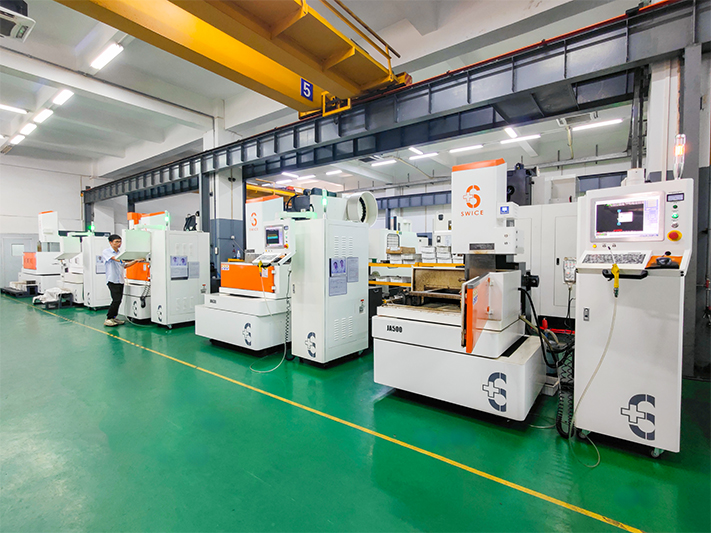How to calculate the cooling time of injection mold?
The cooling time of injection mold is a key parameter, which directly affects the injection molding cycle as well as the quality and production efficiency of the product. The calculation of cooling time involves several factors, including mold design, molding material, product shape and thickness, and production environment.
The following explains in detail how to calculate the cooling time of injection molds:
First, we need to understand the definition of cooling time. Cooling time refers to the time required from the time the molten plastic fills the cavity, the gate is sealed, and the product cures. During this time, the plastic dissipates heat through the cooling system of the mold and gradually reaches a curing state that can be demoulded.
The basic formula for calculating the cooling time usually involves several variables, such as the thermal conductivity of the plastic, specific heat, density, and the cooling capacity of the mold. These parameters can be obtained from material property data and mold design data. At the same time, the thickness of the molded product is also an important influencing factor, because it determines the volume size of the plastic that needs to be cooled in the mold.
In the specific calculation process, it is first necessary to determine the layout and parameters of the cooling system according to the product design and mold structure, such as the location, size and flow rate of the cooling water channel. Then, combined with the thermal performance data of the molding material, the cooling rate of the plastic in the mold is calculated by the principle of heat transfer. This often involves complex mathematical models and computational software to simulate the cooling process of the plastic in the mold.
In addition to theoretical calculations, the actual production also needs to verify and optimize the cooling time through mold testing and debugging. In the process of mold testing, the molding and cooling effect of the product can be observed, and the cooling system parameters and molding process conditions can be adjusted according to the actual situation to achieve the best cooling effect and production efficiency.
It is important to note that the calculation of cooling time is not static, it is affected by a variety of factors. For example, ambient temperature, humidity, mold temperature, plastic temperature, etc., will have an impact on the cooling time. Therefore, in actual production, it is necessary to flexibly adjust the cooling time according to the specific situation to ensure the quality and production efficiency of the product.
To sum up, the cooling time calculation of injection mold is a complex and important process, which involves the comprehensive consideration and calculation of many factors. Through reasonable calculation and adjustment, the injection molding cycle can be optimized to improve product quality and production efficiency.
Post time: Apr-07-2024





